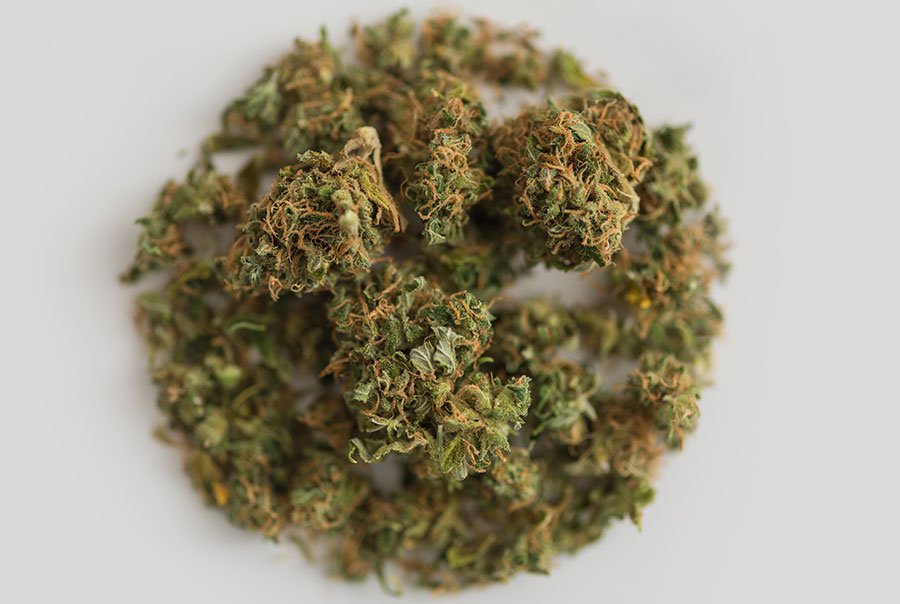
Being able to recognize the smell of methamphetamine can be important for safety reasons. This drug has a very strong and unique chemical smell that many people can identify once they know what to look for. The smell often reminds people of ammonia or strong cleaning chemicals. Staff at any rehabilitation center need to understand these warning signs to maintain a safe environment. This guide will help you identify the meth scent, understand the factors that affect its strength, and know what to do if you detect it.
Understanding Methamphetamine Scent
Meth has a very strong chemical smell that most people describe as sharp and similar to ammonia. This smell comes from the dangerous chemicals used to make the drug, like acetone, sulfuric acid, and cold medicine ingredients. These chemicals produce strong fumes that are easily detectable. The smell is so strong because these chemicals evaporate easily and spread through the air. Knowing this smell is important for spotting places where meth might be made or used. The smell can stay in a place for a long time, even after the drug is gone.
Factors Influencing Meth Smell
Several things can change how strong the meth smell is and how easy it is to detect. Weather conditions, such as temperature and humidity, can make the smell stronger or weaker. Hot weather typically intensifies the strength of chemical smells, while cold weather can weaken them. Airflow is very important - good airflow can spread the smell around or blow it away, making it harder to notice. Poor air flow can trap the smell in one area, making it much stronger. The amount of meth present also matters - more meth means a stronger smell that spreads further. Understanding these factors helps people know when they might be able to smell meth and when they might not.
Common Descriptions of Meth Odor
People describe the smell of meth in several similar ways. The most common descriptions include:
- Strong ammonia smell, like household cleaning products
- Cat urine or animal waste smell
- Rotten eggs or sulfur smell
- Sweet but sickly smell like paint thinner
- Burning plastic smell
- Chemical smells like nail polish remover
These descriptions come from the different chemicals used to make meth. Each chemical contributes its distinct smell to create the overall meth odor. Knowing these common descriptions helps people recognize the smell when they encounter it.
Distinguishing Meth Smell From Others
Meth smell can be confused with other strong odors, but there are ways to tell them apart. While meth smells like ammonia, it's different from regular cleaning products because it has a sharper, more chemical smell. Cat urine smells organic and natural, but meth smells more artificial and harsh. Cleaning products often have fresh or floral smells mixed in, but the meth smell is purely chemical and unpleasant. The meth smell is also usually stronger and more overwhelming than these other odors. Learning these differences helps people correctly identify when meth might be present.
Action Steps for Meth Scent Detection
If you think you smell meth, follow these safety steps right away. Ensure there's good airflow in the area to help clear any hazardous fumes. Look around carefully for suspicious items or equipment that might be used to make drugs. Smell the air carefully, focusing on any strong chemical odors, such as ammonia, cat urine, or nail polish remover. If you have access to smell detection tools, use them to find exactly where the odor is coming from. Most importantly, if you think meth is present, leave the area immediately and call the police or other authorities. Don't attempt to investigate further on your own, as this can be extremely hazardous.
Other Articles:



